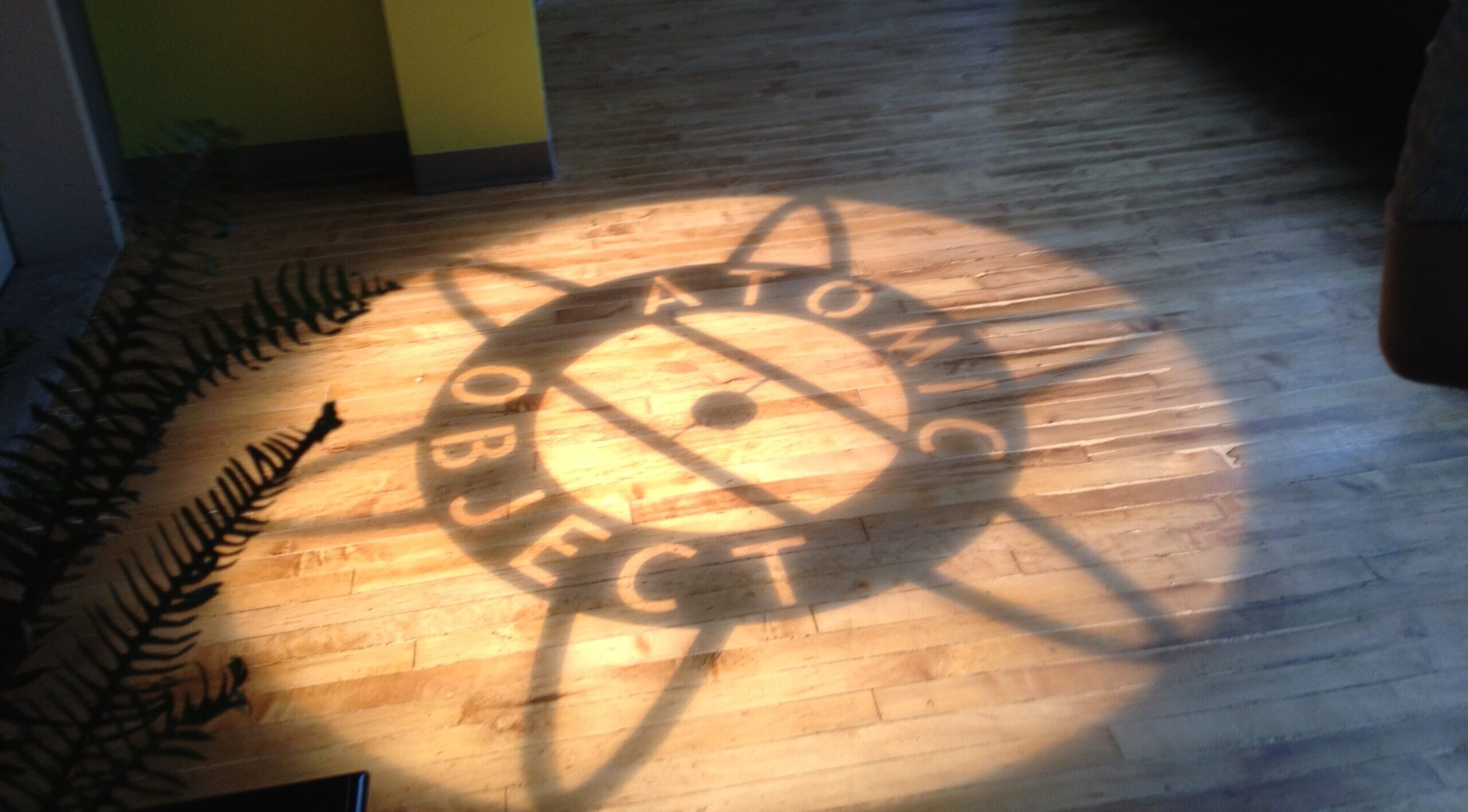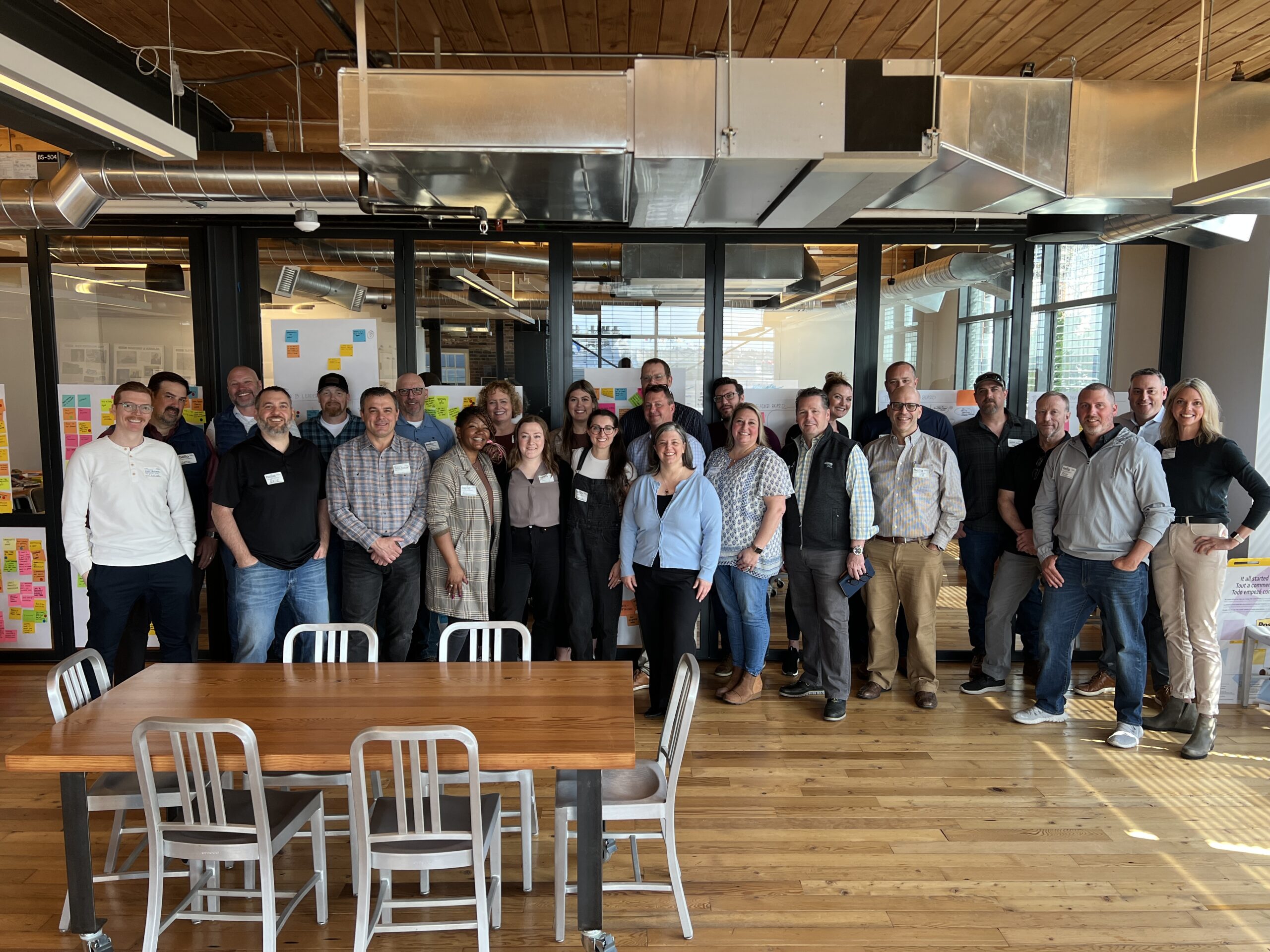

Lessons in Growth and Humility: Atomic Object’s Failed Expansion
- Mike Marsiglia
- Atomic Object
In 2011 as we celebrated Atomic Object’s 10-year anniversary, the question of our next strategic move loomed large. With a strong culture and thriving team, we wanted to share Atomic with more clients and practitioners than those in our home base of Grand Rapids, MI. This is where our journey into opening a second office–and eventually deciding to close it–began.
Atomic Object is a custom software and design development firm. Our first CEO, Carl Erickson, founded the company in 2001 and shortly thereafter, I joined the consultancy as its first software developer. In 2019, Carl passed the baton to me and Atomic’s other co-CEO, Shawn Crowley, but in 2011, I was still relatively new to leadership. Nevertheless, Carl gave me and Shawn the opportunity to drive the implementation of our next strategic move; it was an early test for us.
Our first ten years of offering our services in Grand Rapids demonstrated a real market fit, and we wanted to share what we’d learned about crafting reliable and beautiful software with more people. As an Evergreen® company, we favor Paced Growth over explosive growth. This made us a bit of an odd duck in the software space. We liked the idea of being excellent instead of big, and we saw growth as a side effect of our quality, rather than an end in itself. We considered a few different ways of sharing more Atomic with the world: creating our own product, diversifying our offering, or perhaps venturing into a new city. The challenge lay in finding a way to evolve while preserving our culture.
Part of Atomic’s culture is working in pairs. The agile concept of pair programming in software development extends into other ways of working. I am co-CEO, for example, and I find that working with my counterpart Shawn improves the way each of us manages and leads. Wherever Atomic employs pairing, trust and communication flourish, and we make all major business decisions with at least one other person. This isn’t always the most efficient way to run a company, but I believe it’s a great practice for making enduring decisions that serve us long-term.
As we honed in on the idea of setting up a second office in a new market, we thought hard about our long-term future. Early in our history, Carl set a goal for Atomic to reach its 100th birthday. This encourages us to examine all of our major decisions using a long-term perspective. As we grew, we knew we needed to keep a careful eye on avoiding decisions that would cause us to stray from the core of who we are.
We crafted a plan and identified Detroit as the new Atomic location. Detroit was undergoing a revival, and we saw the opportunity to be part of the city’s resurgence. The city’s proximity to Grand Rapids made logistical sense, and the idea of contributing to Michigan’s economic prosperity resonated with us.
Our excitement soon met reality.
One early challenge we found was attracting senior talent to our new downtown location in the sprawling city; senior talent preferred living and working in the suburbs rather than commuting downtown. This made establishing strong office leadership a challenge. If we were able to find one good person for a given position, we could rarely find two, which compromised the Atomic pair structure.
From a client perspective, we were finding more success winning work from massive companies. This strained our historical product-centric approach that allows us to serve a wide array of clients. Slowly, we realized we had allowed for a situation where the client’s culture risked supplanting our own. And of course, having so much business focused on so few clients exposed us to huge risk. Despite the hurdles, we continued on.
At this time, we were presented with the opportunity to acquire a struggling software consulting firm in nearby Ann Arbor. The allure of a new market and talent pool led us to seize this chance. We figured our early lessons from Detroit would help us avoid some of the pitfalls we were still encountering there. Over the next couple of years, the Ann Arbor office flourished while Detroit’s continued to struggle. In 2015, we made the difficult decision to close the Detroit office by consolidating its team into Ann Arbor’s.
When we took a step back, it was clear that our only option was closing the office; that didn’t mean it was easy to do in practice. When Carl, Shawn, and I discussed the coming closure, we had real fears: would our team lose trust in our decision making? Would the news media ridicule our about-face? Would the move tarnish our reputation in the business community?
In reality, none of these came to pass. We learned that concern over others’ perceptions played an outsized role in our predictions about the future. And anyway, we couldn’t let concern over potential ridicule prevent us from making the right choice for Atomic.
As time passed, this experience surfaced some competences we needed to develop if we were going to continue to grow thriving offices. To make our business work, our offices needed strong local balances of experienced and junior talent from which we can recruit. We also needed to mature in how we identified, onboarded, and trained leaders—whether that’s from outside the company or through promotions. And finally, we needed to learn how to measure the financial performance of an office. Our subsequent office expansions benefitted from these new competencies. Today, with four thriving offices, our co-CEO model and shared leadership approach deepen our commitment to responsible growth, while preserving the core that defines us.
As we celebrated Atomic Object’s 22nd birthday, we had our experience closing the Detroit office to thank for teaching us how to grow in the right way. Our path to launching a second office took twice as long and cost more than we expected—and it was more than worth it.
More Articles and Videos

Creating an Employee Value Proposition Straight from the Source
- Bart Ricketts
- Lease Crutcher Lewis

Both/And Thinking: Harnessing the Positive Potential of Tensions
- Marianne Lewis
- Carl L. Linder College of Business, University of Cincinnati

Leading Through Uncertainty – Tugboat Institute® Summit 2025
- Jackie Hawkins
- Tugboat Institute

Get Evergreen insight and wisdom delivered to your inbox every week
By signing up, you understand and agree that we will store, process and manage your personal information according to our Privacy Policy



